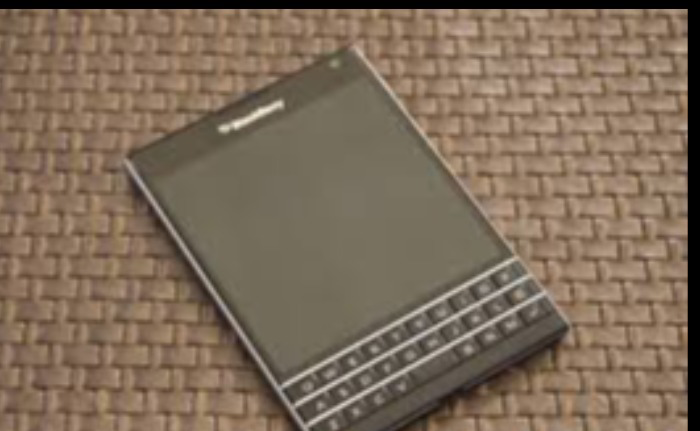


The BlackBerry Passport, launched in September 2014 by BlackBerry Limited, is a unique phablet designed for enterprise users, featuring a square 4.5-inch display and a physical QWERTY keyboard with touchpad gestures. Priced at $599/£529 at release, it runs BlackBerry 10 OS, powered by a Snapdragon 801 chipset, 3GB RAM, and a 3450 mAh battery, emphasizing productivity with a focus on email, messaging, and document editing. Its unconventional design aimed to stand out in a market dominated by rectangular smartphones, offering a 1440 x 1440 resolution for enhanced readability. In 2025, the Passport is a relic, with BlackBerry 10 no longer supported (updates ceased in 2018), no 5G, and limited app availability due to the decline of BlackBerry World. However, its keyboard and battery life still appeal to a niche of BlackBerry enthusiasts, available used for around $50-$100.
|
Feature |
BlackBerry Passport |
|
Release Date |
September 2014 |
|
Display |
4.5" IPS LCD, 1440 x 1440, 1:1 aspect ratio, 453 ppi, Gorilla Glass 3 |
|
Processor |
Qualcomm Snapdragon 801 MSM8974AA, 2.2 GHz Quad-core |
|
RAM |
3GB |
|
Storage |
32GB, microSD support (up to 128GB) |
|
Rear Camera |
13MP (f/2.0, OIS), LED flash, 1080p video |
|
Front Camera |
2MP, f/2.8 |
|
Battery |
3450 mAh, non-removable |
|
OS |
BlackBerry 10.3 (no further updates) |
|
Build |
Stainless steel frame, plastic back, no IP rating |
|
Connectivity |
4G LTE, Wi-Fi 5, Bluetooth 4.0, USB 2.0, NFC |
|
Price (Launch) |
$599 / £529 |
To make a modern BlackBerry Passport competitive in 2025, the following enhancements could address its shortcomings while preserving its productivity focus:
The BlackBerry Passport was a bold experiment in 2014, with its square 4.5-inch display and physical keyboard catering to enterprise users who prioritized productivity over media consumption. Its 3450 mAh battery and BlackBerry 10 OS made it a standout for email and document editing, but in 2025, it’s severely outdated. The lack of software updates beyond 2018, no 5G support, and a defunct app ecosystem (BlackBerry World is gone, and Amazon Appstore compatibility is limited) make it impractical for most users. The cumbersome square design also hinders one-handed use and media playback, with black bars appearing on videos. If you’re a BlackBerry enthusiast who values a physical keyboard and can find a used Passport for $50-$100, it might suffice for basic tasks like email. For most users, however, modern mid-range phones like the Samsung Galaxy A55 or Google Pixel 8a offer superior performance, 5G support, and long-term software updates, making them far better choices in 2025.
The overall rating is based on reviews by our experts
No reviews yet.
|
How Is the Design? |
|
|
How is the Display? |
|
|
How is the Camera? |
|
|
How are the Features? |
|
|
How is the Connectivity |
|
|
How is the Usability? |
|
|
How is the Performance? |
|
|
How is the Battery Life? |
No prices available.